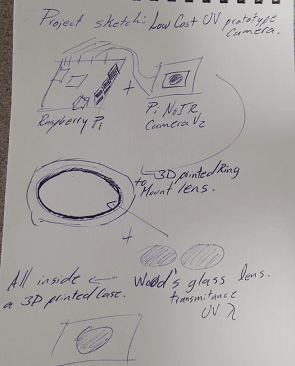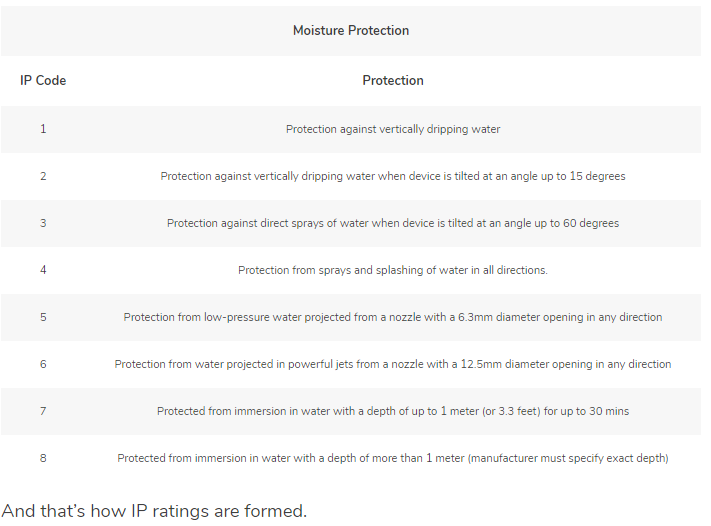1. Principles and practices¶
This week I worked on defining my final project idea and started to getting used to the documentation process.
First of all I confirm that I read the Fab Charter
Project Idea¶
My very first idea about the final project even before the beginning of ACADEMY was to develop a low-cost UV cam, after researching and using the browser in the page during these weeks, I focused on the viability and difficulty of the process.
currently, I am considering the possible idea to work on a low-cost trap camera, I think that a device such as this would be useful to promote the Fab culture for example for teaching biology purposes.

This project will include the following parts and techniques:
-
All-terrain camera case, (this must be as most waterproof as possible, must include a lens to avoid distortion because of fog or high evaporation and humidity conditions). (Laser cutting, 3D Design, 3D printing or Molding, and Casting)
-
A motion detector sensor could work as a trigger mechanism, - Could include other sensors to measuring key environmental data for equipment well-working conditions in second plane (electronics production and design).
-
The device must be able to real-time video capture transmitted to an interface or a cellphone App. Desirable (networking and programming)
-
Dev board based on a microcontroller such as Attiny 1614 or another option.
-
Image input device could be:
- An HD camera module such as options used in smartphones, tablets, notebooks or ultrabooks.
- An outdoor serial JPEG camera module.
- Or other built-in cameras such as available options for Arduino, Raspberry Pi, Jetson Nano or ESP32 boards (Embedded programming).
Protection features of the case could be tested by previous essays at the lab which try to replicate IP rating parameters.

Motion detection, the trigger mechanism, and the input image could be tested with cats and racoon populations at faculty facilities.

New research opportunities could emerge around this device’s utility, for example, related to urban fauna or testing of AI algorithms to identify and protect endangered wildlife species.
